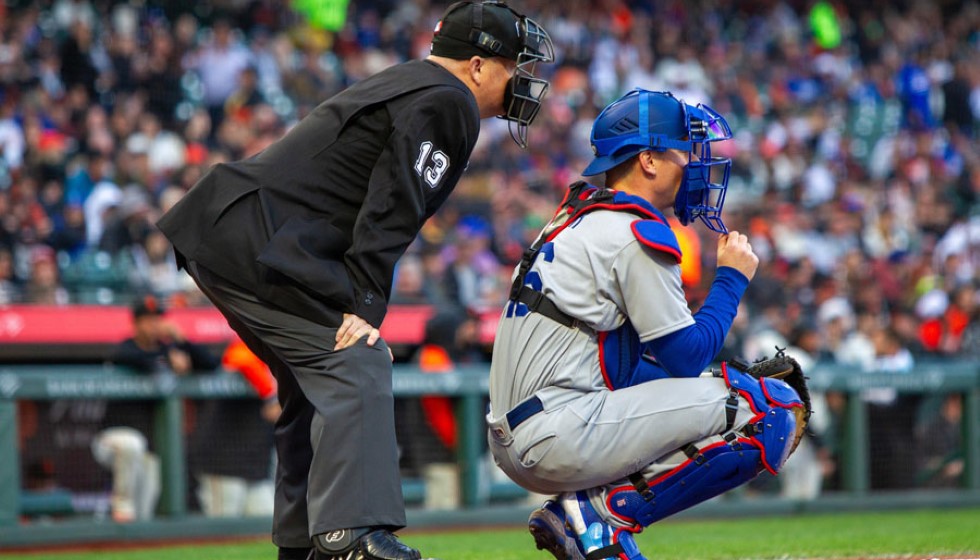
A Unique Perspective on Hall of Fame Voting
This year's Major League Baseball Hall of Fame ballot presents a distinctive moment for one sports journalist, who is casting their first official vote. With a perspective that blends statistics and an intangible 'feel' for the game, the journalist's task is both a privilege and a responsibility in the realm of America's pastime.
The Case of Ichiro Suzuki
Few players have made an impact on Major League Baseball quite like Ichiro Suzuki. Joining the league at the age of 27, Ichiro made a swift and unforgettable mark by accumulating over 3,000 hits across his prolific career in America. With a batting average of .311 and an astonishing 509 stolen bases, he is a candidate who has sparked considerable debate. As the journalist expressed, "There's a 'feel' factor to him."
This 'feel' factor is instrumental in distinguishing something beyond stats, setting him apart in discussions. The journalist also notes, "The Lofton/Ichiro comp is a great example of how HOF is definitely not a mere stats-based vote." Such sentiments highlight how Hall of Fame voting transcends the numerical achievements and ventures into the realm of player impact and legacy.
The Challenges of the Ballot
This year's ballot features controversial figures like Barry Bonds and Roger Clemens, whose histories ignite conversations about performance-enhancing drugs. Similarly, the specter of the 2017 cheating scandal follows players like Carlos Beltran and Brian McCann, while players like Alex Rodriguez (A-Rod) and Manny Ramirez face ongoing scrutiny from their associations with steroid use.
Navigating this landscape of storied yet contentious careers is a challenging task for voters. How does one weigh the imperatives of integrity against undeniable talent? These questions remain at the heart of Hall of Fame deliberations, echoing the broader complexities of the sport itself.
A Historical Perspective
Interestingly, there seems to be a trend where more players from the 1920s and 1930s are inducted, compared to those from the 1980s and 1990s. This observation suggests a shifting perspective among voters, as they perhaps re-evaluate the influence and context of earlier-era players compared to more recent athletes.
The Enigma of Félix Hernández
Félix Hernández, the fiery pitcher who captured a Cy Young Award and twice finished as the runner-up, presents another puzzle for voters. On paper, his accomplishments are commendable. Yet, as the journalist candidly admitted, "He's pretty clearly below the Hall of Fame line, basically, but I've been having second thoughts now about not voting for him."
This internal debate reflects the often complex and subjective nature of deciding Hall of Fame worthiness. Hernández's case exemplifies how metrics like Wins Above Replacement (WAR) tell only part of a player's story, prompting the journalist—and many voters—to reconsider their initial assessments.
Embracing the Collective Voice
The journalist affirms, "I'm not the sole Hall of Fame voter. I don't get to decide which players get in or are left out." This acknowledgment of being but one voice in a larger chorus underscores the collaborative essence of Hall of Fame voting. Every ballot cast contributes to a rich tapestry of opinions that ultimately shape baseball's historical narrative.
In this light, the Hall of Fame ballot is more than just a list of potential inductees; it is a reflective exercise, contemplating past achievements, personal values, and the evolving ethos of the game itself. As the journalist embarks on their inaugural voting journey, this blend of tradition, debate, and personal insight continues to define the enduring allure of the Hall of Fame.